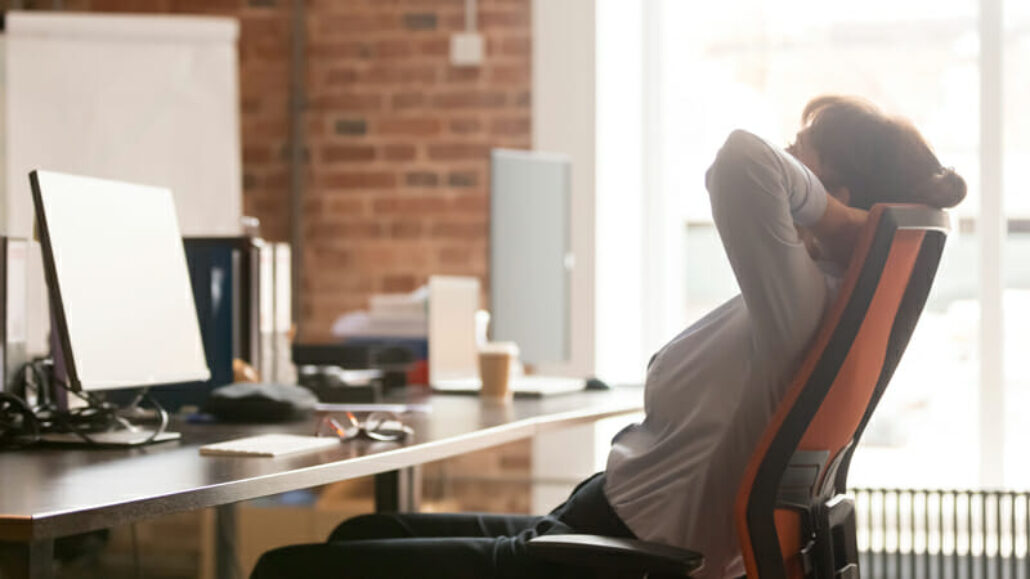Less than ergonomic conditions at work can cause stress to the joints of the healthiest individuals; the strain is compounded for workers with arthritis. We have some suggestions to improve your workplace comfort.
Many of us spend the majority of our work hours sitting and facing a computer screen. It’s a challenge to maintain good posture, and that challenge is greater for workers with arthritis in their neck, arms, or hands. Performing repetitious desk tasks for long periods without a break can contribute to neck and shoulder strain, as well as damage to hands, wrists, and even legs.
Improving your work environment
When your work environment isn’t comfortable, you won’t be performing at your best, and could be causing additional pain to muscles and joints. We have some suggestions to improve your working environment while maintaining joint mobility.
- Find the right office chair. Proper support for your back and arms really matters. Evaluate your seating by using the one-inch rule: there should be at least one inch between the edge of your seat and the back of your knees, and at least one inch from your hips to each side of your chair. A chair with lumbar support is ideal, but you can also relieve pressure on your lower back by positioning a small pillow or tightly rolled towel for extra lower back support.
- Sit correctly as you work. Position your chair so that your feet are flat on the floor and your eyes are level with the top of your computer monitor (assuming it isn’t oversized). Adjust your computer so the screen is approximately an arm’s length away. The goal is to adjust your working position so that you are less tempted to lean forward, hold your neck in a strained position, or maintain an uncomfortable posture for long periods of time.
- Move regularly through the day. Anyone with a desk job should take frequent breaks to stretch and move. Arthritic joints benefit when you pause to get up and walk a bit every 20 to 30 minutes. While you are sitting, relax your limbs with short one- to two-minute micro-breaks to shift and stretch. The purpose of mini-breaks is to give frequently used muscles and joints a respite from repetitive motion.
With a bit of attention to your office chair, your work area, and regular breaks to stretch, you can give arthritic joints the attention they need, and may even improve your productivity.
When to seek treatment for your arthritis
Arthritis doesn’t have to spell the end of an active life. If you are experiencing worrisome symptoms or persistent pain, the renowned arthritis specialists at Summit Orthopedics can help. We work with you to confirm a diagnosis and develop an appropriate conservative treatment plan. If nonsurgical treatments fail to support your lifestyle goals, fellowship-trained orthopedic surgeons will consult with you and discuss appropriate surgical options. Summit is home to innovative joint replacement options. Our Vadnais Heights Surgery Center is one of only two surgery centers nationally to receive The Joint Commission’s Advanced Certification for Total Hip and Total Knee Replacement.
Start your journey to healthier joints. Find your arthritis expert, request an appointment online, or call us at (651) 968–5201 to schedule a consultation.
Summit has convenient locations across the Minneapolis-St. Paul metro area, serving Minnesota and western Wisconsin. We have state-of-the-art centers for comprehensive orthopedic care in Eagan, MN, Plymouth, MN, Vadnais Heights, MN, and Woodbury, MN, as well as additional community clinics throughout the metro and southern Minnesota.
